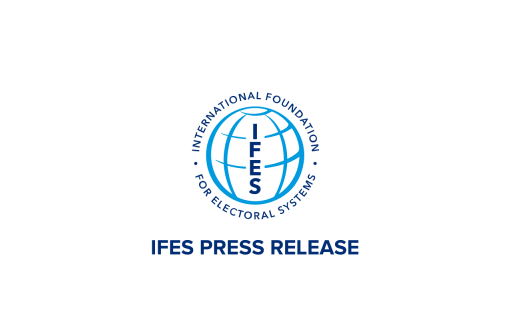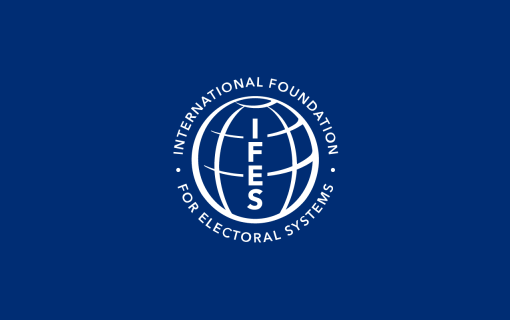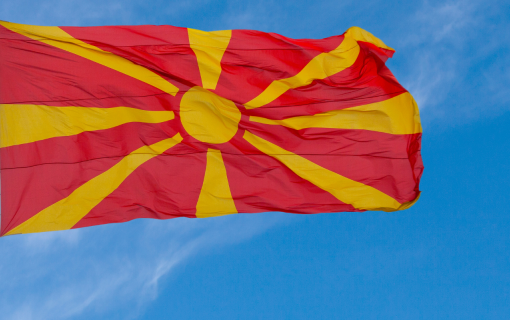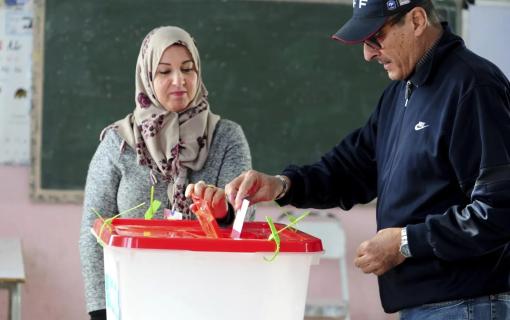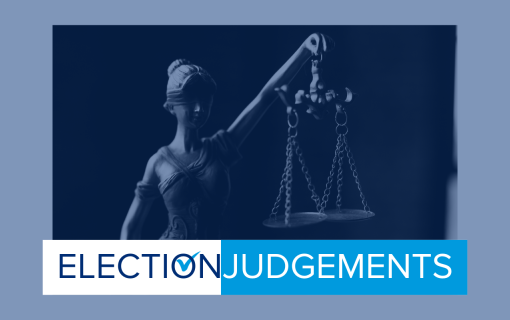Tunisia’s Election Commission Releases Final Report on Historic 2014 Elections
On December 21, 2014, Tunisian citizens cast their ballots in the second round of the presidential elections; the third and final election of the 2014 electoral period. The first election was held on October 26, when citizens voted into office 217 members of a new Assembly of the Representatives of the People (ARP), a new permanent legislative body. On November 23, ballots were cast in a first-round presidential election without any candidate winning an absolute majority, leading to a run-off vote. One day after the December 21 run-off presidential elections, official results were released and a new President was elected to office. The 2014 elections were the second series since the 2011 revolution, which swept away over 23 years of dictatorship under Zine El Abidine Ben Ali.
The 2014 elections were also the first test of the Independent High Authority for Elections (Instance Supérieure Indépendante pour les Élections [ISIE]), the permanent body in charge of conducting elections in Tunisia. This body replaced the previous body of the same name which had presided over the 2011 elections. Its nine commissioners were elected by the National Constituent Assembly in January 2014, and with less than one year to prepare, successfully implemented three rounds of elections in a two-month period.
On March 28, 2015, ISIE President Chafik Sarsar submitted to the President of the ARP, Mohamed Ennaceur, the ISIE’s final report on the legislative and presidential elections. The report includes recommendations to address shortcomings recorded in the last elections in terms of filing for candidacy, funding, campaign control and electoral disputes. Sarsar emphasized the importance of revising the electoral law and launching as soon as possible the voter registration process to allow a large number of persons to participate in the municipal elections.




